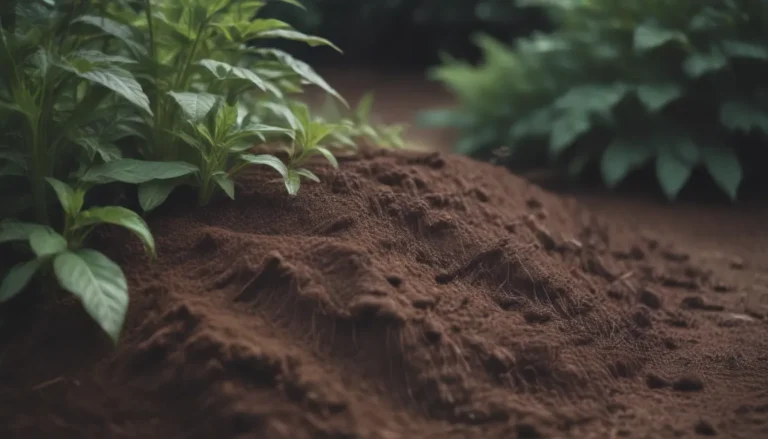Transforming Your Outdoor Space: The Beauty of an Italianate Garden

Are you looking to add a touch of elegance and charm to your outdoor space? Consider transforming it into an Italianate garden, a formal garden design perfected in Renaissance Italy. This style is marked by its heavy reliance on hardscape features, manicured evergreens, scented herbs, and Mediterranean plants. The hallmark of an Italian garden is order, expressed through symmetry and an ultra-manicured look. If you’re interested in learning more about this classic garden style, continue reading to discover the characteristics of Italianate gardens, their origins, Italian garden ideas, and how you can incorporate this design style into your own outdoor space.
Origins of the Italian Garden
The roots of the Italian garden can be traced back to ancient Rome, where wealthy Romans complemented their majestic villas with equally impressive outdoor rooms. These outdoor rooms were divided by boxwood hedges and masonry walls, with the use of topiaries adding to the visual appeal. While the concept of formal gardens faded during the medieval period, it made a comeback during the Renaissance in Italy. Wealthy Italians proudly showed off their wealth by surrounding their villas with outdoor living spaces that allowed them to fully enjoy the warm Italian climate. Water features like fountains and reflecting pools were added to provide relief from the warm weather, along with shady pergolas. If the property was situated on a hillside, terracing was often used to create levels within the garden.
Characteristics of the Italian Garden
The Italian garden is characterized by its focus on hardscapes, evergreen shrubs, and Mediterranean herbs, rather than flowers. The key elements of this style include:
- Evergreen shrubs: These shrubs are meticulously sheared into short hedges, lining walkways and serving as edging.
- Scented herbs: Lavender, rosemary, and tansy are commonly used to add fragrance to the garden.
- Formal design: Italian gardens are known for their formal lines, symmetrical layouts, and manicured appearance.
Unlike medieval walled gardens designed for food production, Italian Renaissance gardens were created for ornamental purposes. The walls and hedges in these gardens served to separate outdoor rooms for aesthetic reasons, allowing people to appreciate the beauty within and outside the garden.
How to Design an Italian Garden at Home
While the classic Italian garden exudes wealth and Mediterranean charm, recreating this style at home can pose challenges in terms of cost and climate. However, with some creativity and planning, you can still capture the essence of an Italian garden in your own outdoor space. Here are some tips for designing an Italian garden at home:
Hardscape
- Incorporate elements like sidewalks, fountains, classic statuary, containers, and seating to create a hardscape.
- Consider adding a water feature and high-quality pots for container plants.
- Use lemon trees or herbs in terra cotta pots to add a Mediterranean touch.
- Install a hardscape walkway to create structure in the garden.
Evergreen Shrubs and Mediterranean Plants
- Include evergreen shrubs and plants native to the Mediterranean to create the classic Italian garden look.
- Use evergreen shrubs to create hedges and topiaries for accents.
- Opt for plants like Italian cypress and various herbs to enhance the Mediterranean feel in your garden.
Italian Garden Ideas
Looking to add some Italian flair to your outdoor space? Here are some ideas for incorporating the Italian garden style into your own garden:
Add a Pergola
- Create a pergola, an arbor for climbing plants, to define spaces and add structure to your garden.
- Use columns or posts to support the roofing grid, which can be left open or covered for a classic look.
Line Up the Pottery and Topiary
- Arrange terra cotta planters with a variety of blossoms and vining greenery to add visual interest.
- Mix different heights, topiaries, and pedestals to showcase stunning flowers and foliage.
Invest in Statuary and Fountains
- Incorporate busts, statuary, and fountains to create a visually appealing focal point in the garden.
- Consider adding colonnades to draw the eye to different points in the garden, creating a beautiful artistic statement.
Make a Fragrant Statement
- Plant herbs like basil, rosemary, and thyme to perfume the air with botanical scents.
- Consider adding citrus trees, lavender, olive trees, and grapes for a Mediterranean touch.
Define a Seating or Rest Area
- Incorporate benches or lounge areas in your garden to provide a space to relax and enjoy the beauty of your Italianate garden.
- Use terra cotta tiles or similar design elements to mark walkways and create an intentional space.
Remember, Italian gardens are predominantly green, with color taking a backseat to greenery. While flowers are not the main focus, climbing plants can be used to add a pop of color. For a touch of Italy in your garden, consider planting herbs like basil, rosemary, and thyme, or even fruits and vegetables like tomatoes, eggplant, peppers, onions, and garlic.
In conclusion, by incorporating elements of symmetry, formality, and Mediterranean charm, you can create your very own Italianate garden at home. Whether you have a large property or a small courtyard, the key is to focus on hardscapes, evergreen shrubs, and Mediterranean plants to capture the essence of this timeless garden style. So, roll up your sleeves, grab a trowel, and start transforming your outdoor space into a stunning Italian retreat!





